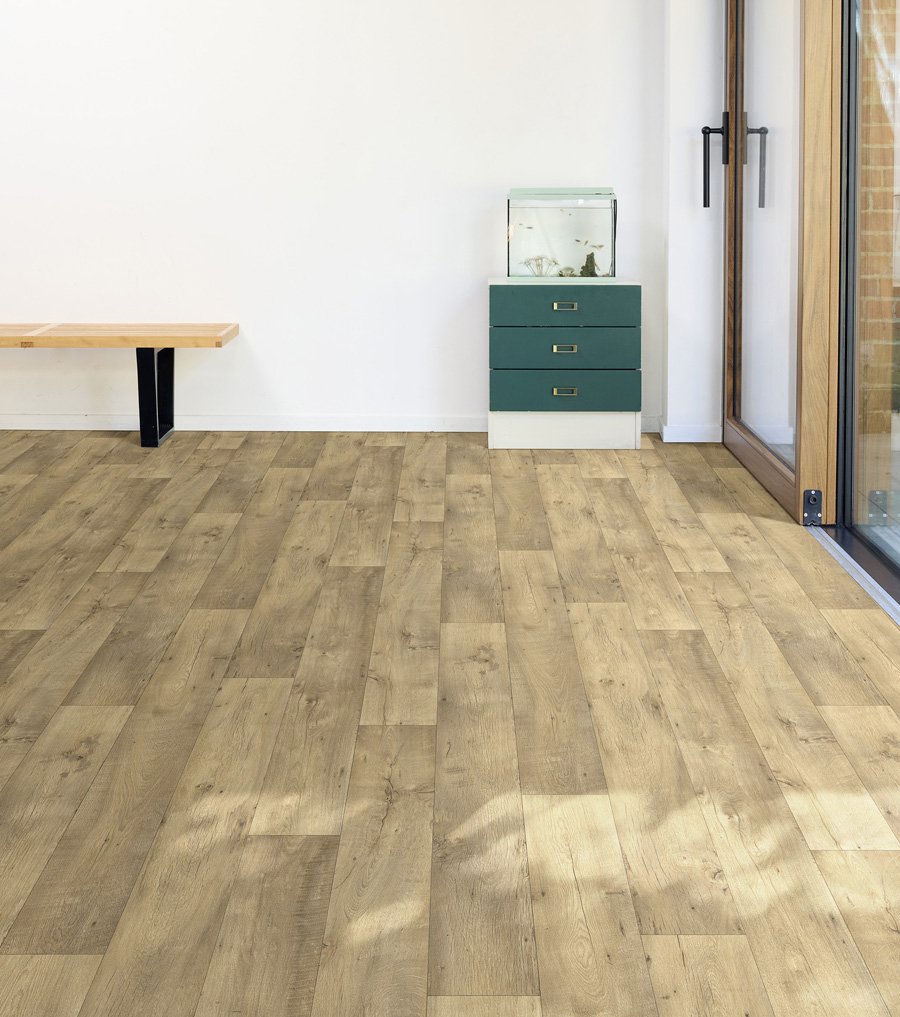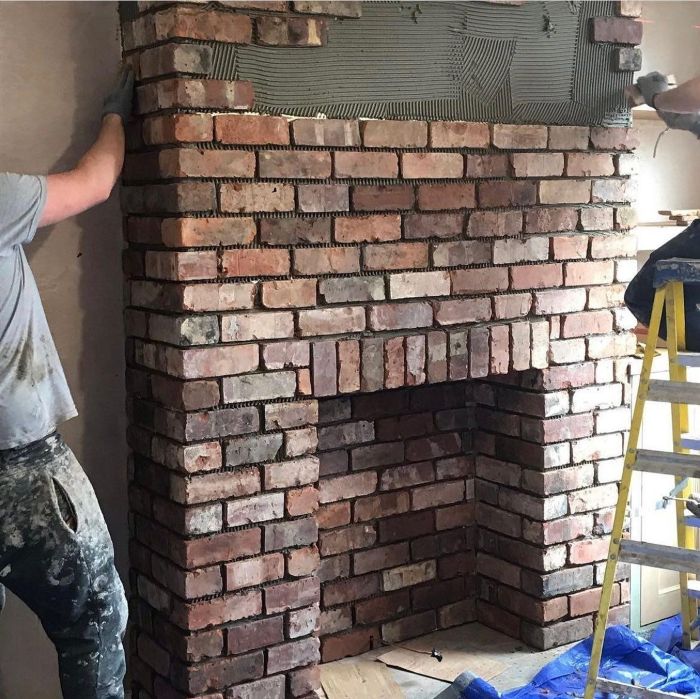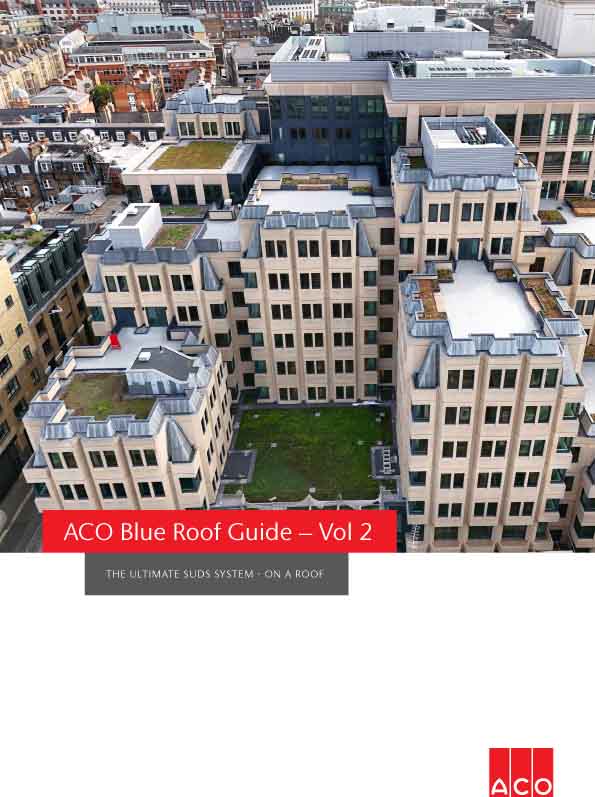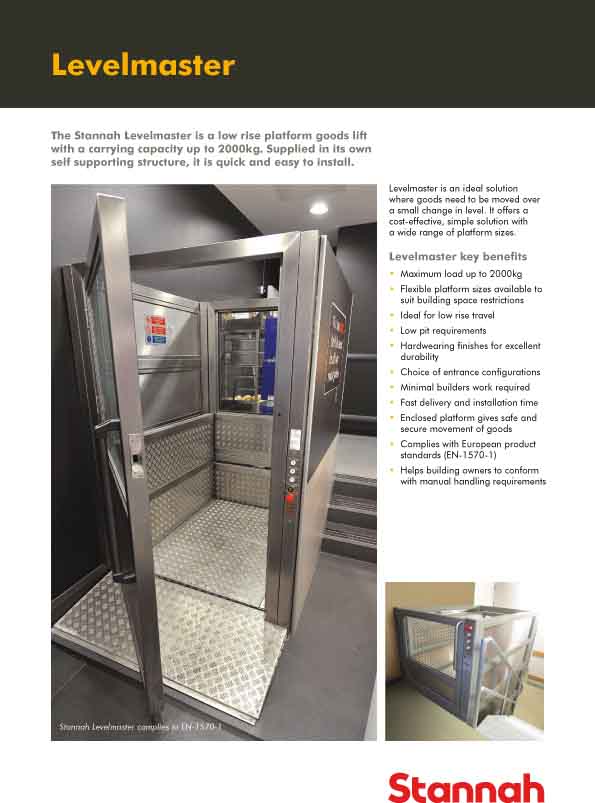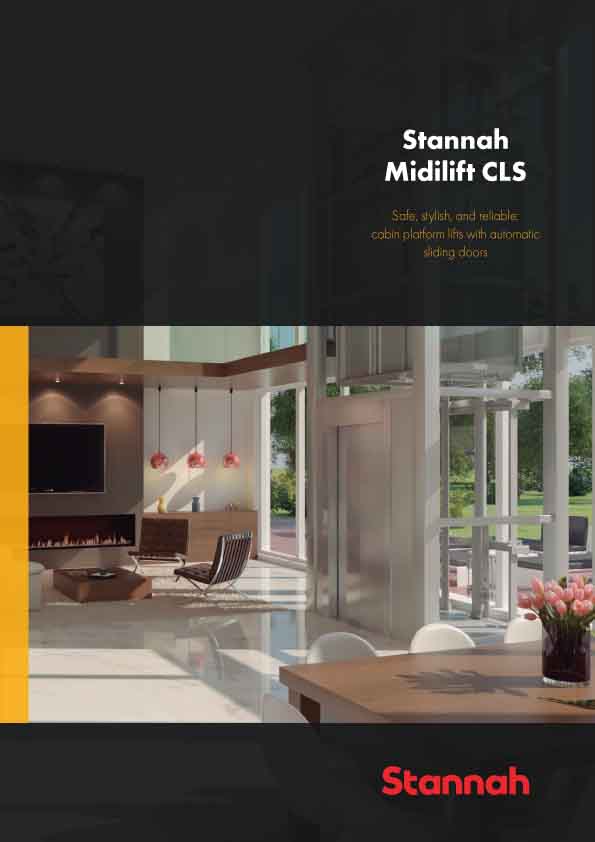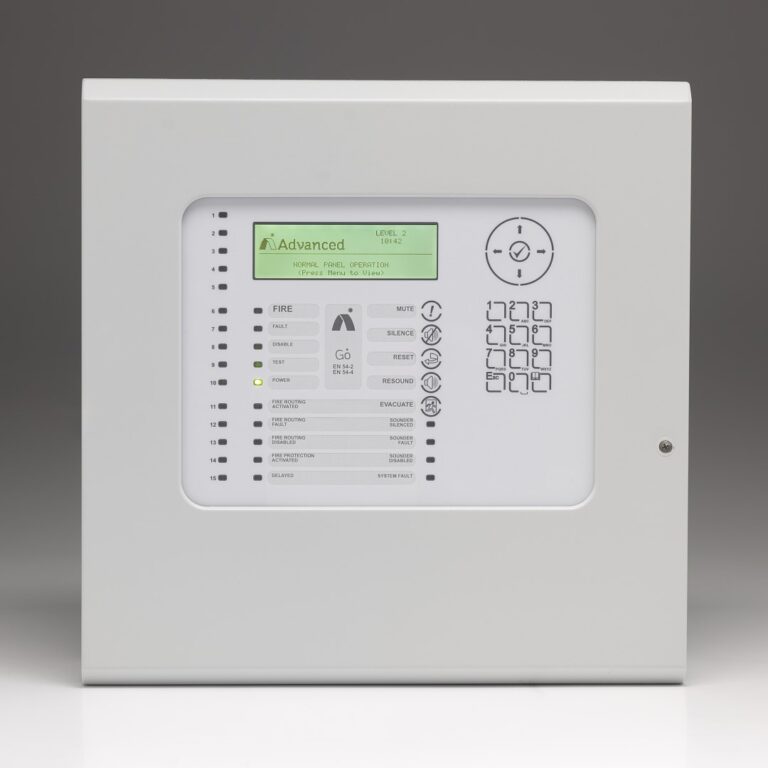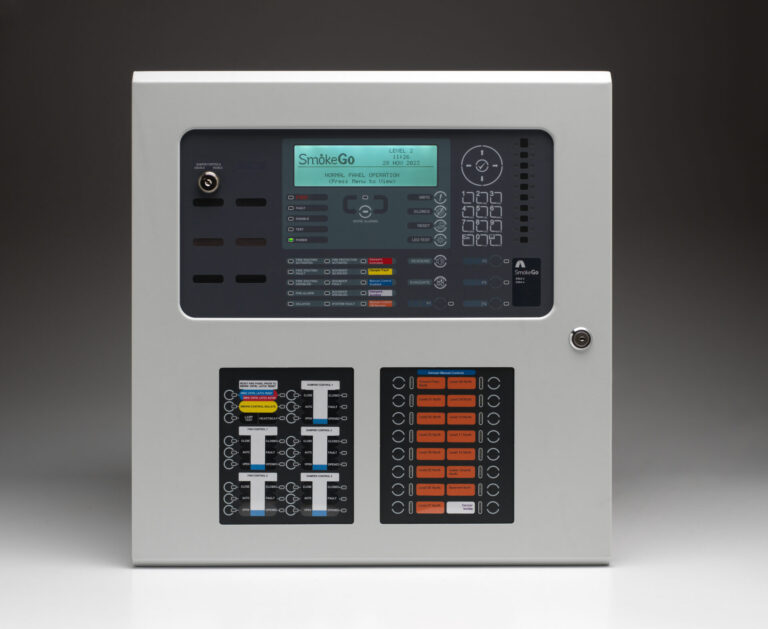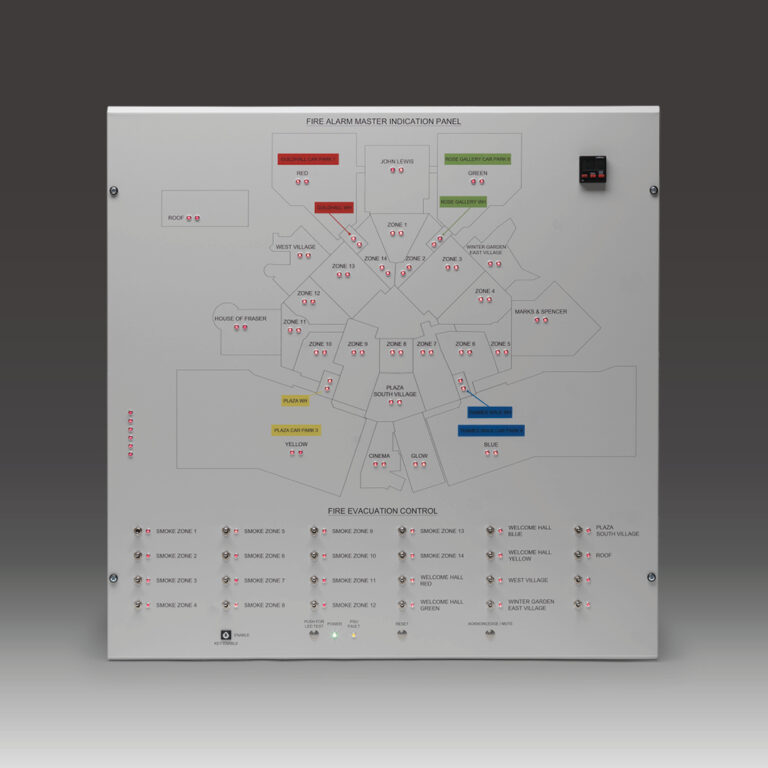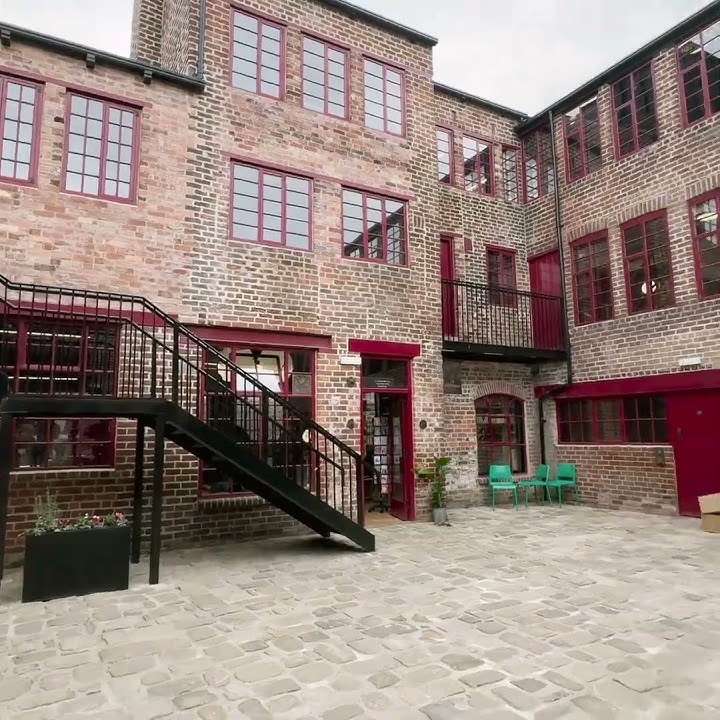Specifying pitched roofing underlays for new build or refurbishment projects is often a confusing subject with so many options available on the market, each offering a variety of technical attributes and performance credentials.
Required in virtually all tile and slate pitched roof construction, an underlay should be designed as a true hidden protector, operating as the secondary line of defence to the roof tiles, offering weather defence against wind driven rain or snow and wind uplift resistance to the loading pressures applied to the structure in accordance with BS 5534.
However, with the roofing underlay often specified in isolation, the integral link between the type of membrane specified and the controlled ventilation strategy that needs to be employed to manage condensation risk is often forgotten.
Roofing underlays and ventilation must work simultaneously to deliver a full solution that provides a watertight structure and avoids condensation build-up within the roofspace, ultimately leading to a healthy indoor living environment,” explains John Mellor, Senior Product Manager, Glidevale Protect.
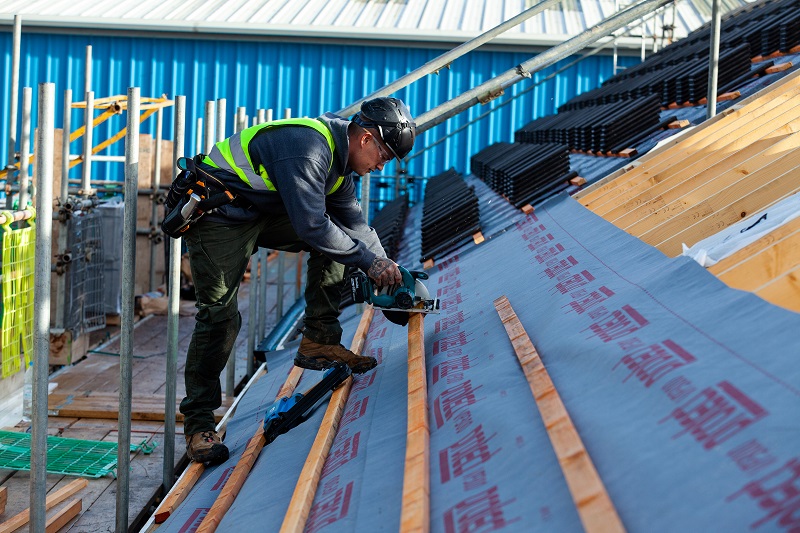
The choice of underlay for any pitched roof impacts the amount of ventilation required to eliminate harmful condensation so selecting a manufacturer well versed in offering the appropriate guidance along with an array of solutions is paramount. Choice is the all-important factor here rather than a ‘one size fits all’ approach, with the membrane an integral component as part of the overall solution.Even if there are cost restraints for the overall roof package, using the cheapest membrane without factoring in additional ventilation requirements may result in problems and expensive structural repairs. Getting it right first time means homes can be future-proofed, maintaining their property values and ensuring reduced maintenance costs.
The need to ventilate within housing has never been more important. With the onset of climate change and the ongoing commitment by the UK Government to bring all greenhouse gas emissions to Net Zero by 2050, energy efficiency is top of the agenda with Building Regulations set to become more onerous by lowering U-value notional targets.
As well as updates to Building Regulations Approved Document Part L (conservation of fuel and power) and Part F (ventilation), as recently announced by the Government after the initial consultation process, changes are also expected in 2021 to BS 5250, the code of practice for control of condensation in buildings. Uplift improvements to these regulations in 2021 form the transition to the Future Homes Standard, set to vastly improve energy efficiency in new build properties, which will be introduced by 2025. Additionally, the recent new charter for social housing residents, launched by the Government, commits to reviewing the current Decent Homes Standard to support the decarbonisation of social homes. This means, as homes are designed with a fabric first approach and therefore increased airtightness, it is vital to balance this with the correct ventilation strategy, protecting against the excessive build-up of moisture and pollutants. This includes the roof, where it is key to have an appropriate combination of underlay and ventilation provision, particularly if the loft is a liveable space.
So, with the undoubted importance of ensuring ventilation is provided into dwellings, what different categories of membrane are available and how does this impact on the ventilation requirements for each, whether cold or warm roof?
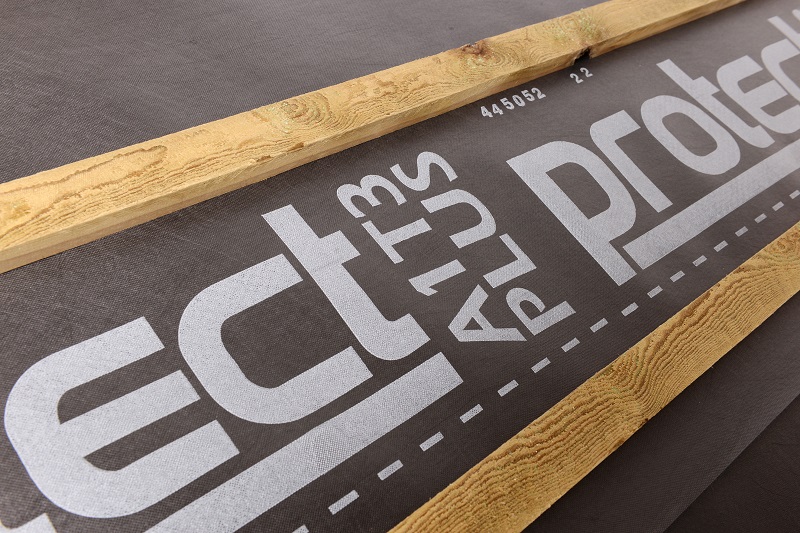
Starting with vapour permeable or low resistance (type LR) products, two type of underlays are available in today’s market.Firstly, the traditional LR product is airtight but allows water vapour to disperse into the atmosphere.For a cold roof solution on a dwelling sized roof, BS 5250 recommends the combination of a vapour permeable, airtight underlay with high-level ventilation of 5000mm2/m through tile or ridge vents, whether a well-sealed or normal ceiling is in place (for both). Alternatively, where there is a well-sealed ceiling, a ventilation provision of only 3000mm2/m at low level is required, however, for re-roofing projects where a normal ceiling may be in place that is not likely to be airtight, ventilation at low level should be increased to 7000mm²/m. In warm roof construction where the loft area has been designed for a habitable space and thus the insulation is laid at rafter level, the use of an airtight and vapour permeable underlay will not require any additional ventilation, subject to a well-sealed ceiling andan air and vapour control layer (AVCL) being installedon the warm side of the insulation. If there is doubt about the ability to provide an effectively sealed ceiling and an AVCL at specification stage, further ventilation should be planned into the design and the chosen manufacturer should provide suitable guidance.
The second type of LR underlay is both air and vapour permeable, allowing ventilation to be delivered into the roofspace due to its special meltblown technology designed within the membrane core. This ensures airflow through the material and allows vapour to escape, helping control the risk of condensation. For these product types, specification should be made for underlays which are also hydrophobically treated in order to repel water to offer added protection. Whilst an air-permeable underlay may involve higher initial material costs, this is offset by no additional requirement to ventilate, saving time and labour on installation. Whether a cold or warm roof, air and vapour permeable membranes can be used without additional ventilation.This is accepted by the NHBC in their Technical Requirements R3 Document related to cold roof construction. The only exceptions are where the underlay is installed on closed jointed sarking board or if an airtight roof covering is used, such as metal tiles or fibre cement slates. In this case, it would be necessary to ventilate the batten space with 25mm counter battens. The chosen manufacturer should always recommend a well-sealed ceiling and separate AVCL is used, where achievable.

The third category of pitched roofing underlays is vapour impermeable or high resistance (type HR) membranes which are also airtight, where the diffusion of water vapour is prevented from travelling through the material.Designed to overcome the disadvantages of traditional type 1F felts, type HR membranes are generally the most cost-effective when viewed in isolation of just the membrane, however this must be balanced against the requirement for additional high and low-level ventilation for both a cold and warm roof.This extra ventilation provision is imperative to avoid the risk of interstitial condensation forming on the underside of the underlay.As an example, for dwelling sized cold roofs with pitches over 15 degrees, a minimum of 10,000mm2/m of ventilation is required at low level, in addition to 5,000mm2/m at high level. For pitches over 35 degrees or spans in excess of 10m, an additional 5000mm2/m of ventilation is required.For warm roofs, where HR underlays are being used, both high- and low- level ventilation is also needed.The chosen manufacturer should provide relevant ventilation guidance on a project specific basis.
With the undoubted synergy between roofing underlay choice and ventilation, it is vital that a manufacturer is selected who can advise on the full solution, ensuring the roof is future proofed. Glidevale Protect can provide full coverage of all underlay types described along with a comprehensive choice of ventilation options for the whole roof structure, including ridge, eaves and tile vents.
The company’s motto of ‘Build Tight, Ventilate Right’ seems more relevant than ever, providing specifiers with the reassurance that the roof can be fully protected whilst achieving the required airflow into the property.
Visit www.choiceiseverything.co.uk for more information. For guidance on the most appropriate roof underlay and ventilation combination for your project, please contact Glidevale Protect’s Technical team on technical@glidevaleprotect.com or call +44 (0) 161 905 5700. For our latest news, follow us on LinkedIn.










